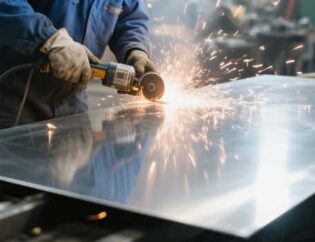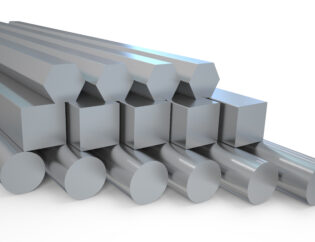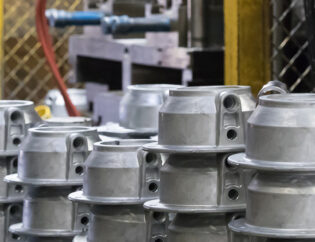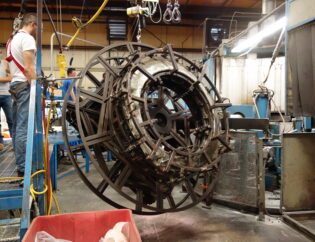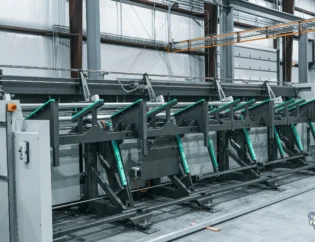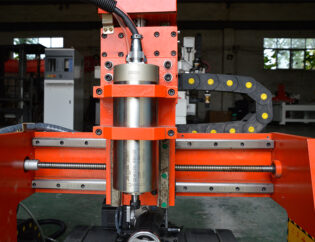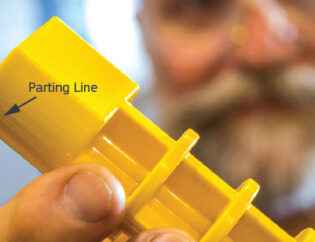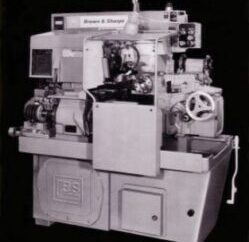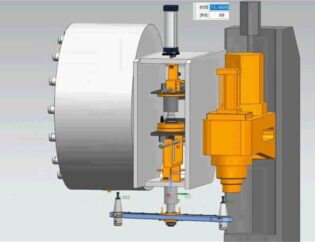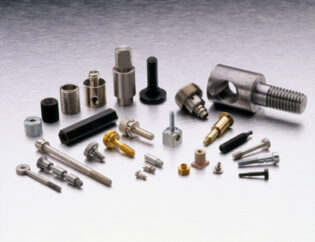CNC machining has revolutionized the manufacturing landscape, offering precision and efficiency in producing complex parts. This guide delves into prototype CNC machining, a critical phase in product development that allows designers and engineers to test concepts before full-scale production. Understanding this process is essential for anyone involved in manufacturing, as it bridges the gap between design and reality.
Readers can expect to learn about the various CNC machining techniques, materials used, and the advantages of rapid prototyping. We will explore the intricacies of the CNC machining process, from initial design to final output, highlighting best practices and common pitfalls. By the end of this guide, you will have a comprehensive understanding of how prototype CNC machining can enhance your projects and drive innovation.
CNC Prototype Machining: A Comprehensive Guide
CNC prototype machining is a transformative process at the heart of modern manufacturing. It allows engineers, designers, and manufacturing professionals to create prototypes quickly and accurately, ensuring that designs can be tested and validated before mass production. This guide will explore the intricacies of CNC prototype machining, its technical features, types, and applications across various industries.
Technical Features of CNC Prototype Machining
CNC (Computer Numerical Control) technology automates the control of machining tools through computer programming. This innovation enhances precision and efficiency in producing complex parts and prototypes. Below is a comparison table highlighting the key technical features of CNC prototype machining:
| Feature | Description |
|---|---|
| Precision | Achieves tight tolerances (±0.01 mm), ensuring prototypes closely mimic final products. |
| Speed | Rapid production cycles, allowing for quick iterations and testing. |
| Material Versatility | Supports a wide range of materials, including metals, plastics, and composites. |
| Automation | Reduces manual intervention, enhancing consistency and repeatability. |
| Complex Geometries | Capable of producing intricate designs that are difficult to achieve with traditional methods. |
| Cost-Effectiveness | Ideal for small batch production, minimizing waste and costs associated with large-scale manufacturing. |
Types of CNC Prototype Machining
CNC prototype machining encompasses various processes, each suited for different applications and materials. Below is a comparison table of the primary types of CNC machining:
| Type | Description |
|---|---|
| CNC Milling | Uses rotating cutting tools to remove material from a stationary workpiece, creating complex shapes and features. |
| CNC Turning | Involves rotating the workpiece while a stationary cutting tool removes material, ideal for cylindrical parts. |
| CNC Grinding | Utilizes a rotating abrasive wheel to achieve fine finishes and tight tolerances on parts. |
| CNC Drilling | Employs rotating drill bits to create precise holes in the workpiece. |
| Electrical Discharge Machining (EDM) | Uses electrical discharges to remove material, ideal for intricate shapes and hard materials. |
| Multi-axis Machining | Involves multiple axes of movement, allowing for complex geometries and high precision. |
Applications of CNC Prototype Machining
CNC prototype machining is widely used across various industries due to its versatility and precision. Here are some key applications:
Medical Industry
In the medical field, CNC machining is essential for creating precise prototypes of surgical instruments, implants, and orthotic devices. The ability to produce high-quality, functional prototypes ensures that medical devices meet stringent safety and performance standards.
Automotive Industry
Automotive manufacturers rely on CNC prototype machining to develop components such as gears, brakes, and suspension parts. Prototypes are tested for fit and function before mass production, ensuring safety and reliability.
Aerospace Industry
CNC machining plays a critical role in the aerospace sector, where precision is paramount. Components like airfoils, landing gear, and engine parts are prototyped to ensure they meet rigorous performance and safety standards.
Military and Defense
The military industry utilizes CNC prototype machining for developing complex components for vehicles, aircraft, and weaponry. The ability to quickly produce and test prototypes is vital for ensuring operational effectiveness.
Consumer Products
CNC machining is also used in the production of consumer goods, allowing manufacturers to create prototypes for testing and marketing purposes. This process helps in refining designs before full-scale production.
Advantages of CNC Prototype Machining
CNC prototype machining offers several advantages over traditional methods:
- High Accuracy and Precision: CNC machines can produce parts with tight tolerances, ensuring prototypes closely resemble the final product.
- Cost-Effectiveness: Ideal for small batch production, reducing waste and costs associated with large-scale manufacturing.
- Material Versatility: Supports a wide range of materials, including metals, plastics, and composites.
- Speed: Rapid production cycles allow for quick iterations and testing of designs.
- Consistency and Repeatability: CNC machines provide consistent results, ensuring each prototype is an exact replica of the original design.
Limitations of CNC Prototype Machining
Despite its advantages, CNC prototype machining has some limitations:
- Geometrical Restrictions: CNC machining may struggle with complex internal geometries, making it less suitable for certain designs.
- Technical Expertise Required: Designing CAD files and operating CNC machines requires specialized knowledge and skills.
- Material Waste: As a subtractive manufacturing process, CNC machining can generate significant material waste.
- Higher Costs Compared to 3D Printing: CNC machining can be more expensive than 3D printing, especially for small quantities.
Conclusion
CNC prototype machining is a vital process in modern manufacturing, offering speed, precision, and versatility. It enables industries to create high-quality prototypes that closely resemble final products, facilitating testing and validation before mass production. As technology continues to advance, CNC machining will remain a cornerstone of efficient and effective product development.
FAQs
1. What materials can be used for CNC prototypes?
CNC prototypes can be made from various materials, including metals like aluminum, brass, and titanium, as well as plastics such as ABS, nylon, and polycarbonate.
2. How does CNC prototype machining compare to 3D printing?
CNC machining offers higher precision and material versatility, while 3D printing is generally more cost-effective for small quantities and complex internal geometries.
3. What industries benefit most from CNC prototype machining?
Industries such as medical, automotive, aerospace, military, and consumer products benefit significantly from CNC prototype machining due to its precision and speed.
4. Can CNC machining produce functional prototypes?
Yes, CNC machining is capable of producing functional prototypes that can be tested for fit, form, and function before mass production.
5. What is the typical turnaround time for CNC prototypes?
Turnaround times can vary based on complexity and material, but CNC machining typically allows for rapid production, often within days to weeks.

